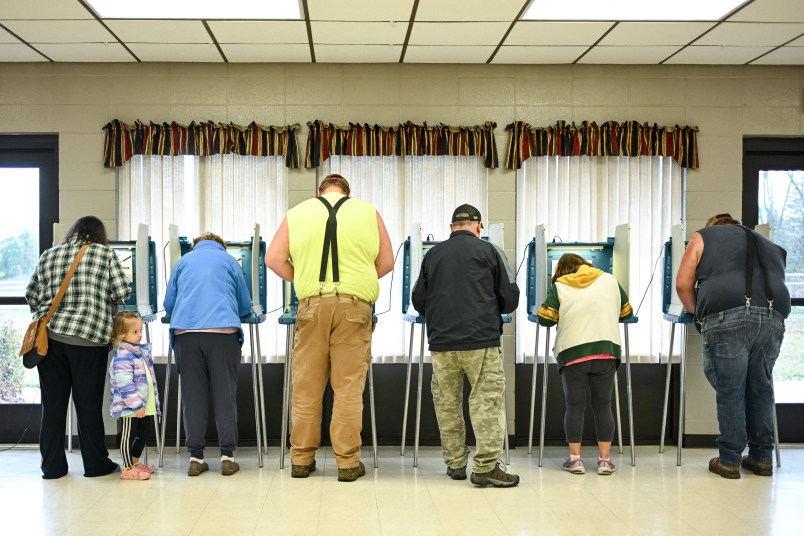I’ve been grappling all week with how to cover the COVID-19 testing debacle in a smart way. It has become the focal point of much of the public concern, and I suspect it’s what elected officials are hearing the most about because everyone wants to be tested. But people clamoring for tests and politicians responding to the clamor doesn’t necessarily align with what makes the most sense from a public health standpoint.
Among my questions:
What’s the goal of testing now versus when the pandemic was still nascent?
Who should be prioritized for testing?
At what point does mass testing consume resources that should go to higher priority pandemic responses, like preparing hospitals and training medical professionals in COVID care?
It’s been difficult to get a read on what best practices would be in a pandemic, especially in a country like the United States that lacks a national health service and the infrastructure that accompanies it.
We also tend to talk about testing in a two-dimensional way. Testing health care workers and those presenting with serious illnesses that have the markers of COVID-19 is different than mass testing of every apprehensive American.
At a certain stage in the evolution of the pandemic, mass testing becomes besides the point. That appears to have already happened in some countries where the disease is ubiquitous. (Newsflash: it is already ubiquitous in the United States.)
Here’s TPM Reader DK writing from Sweden:
Long time reader from Sweden (working in Denmark) – first started to read the blog around the 2000 election recount.
I notice that the discussion in the US is still about testing and tracing. I can report that the Scandinavian countries basically has shut down testing for the case of testing.
The reason is simple. We already have community contagion (the US too, by the way) and since testing takes a lot of health care resources for no point whatsoever (there is no cure, remember) and also pointlessly expose health care workers, you will only be tested if you are really, really sick – like, needing hospital care sick.
The Scandinavian response is all about social distancing, work online if you can, tough it out at home if you get sick but not sick enough to need hospital care, and trying to find a balance between keeping the economy going, make sure the hospitals are not overwhelmed, and put a brake on the contagion.
Flattening the curve is the gospel we will live by.
If you’re an epidemiologist or public health pro, I’m curious about the smart way to think about the testing debacle, both in terms of what we should have done originally (backward looking) and what we should do now (forward looking).
One last point. It’s difficult to get very deep in the testing question before you run smack into the strange realties of the diffuse, decentralized, largely for-profit American health care delivery system. It makes comparisons to many (most?) other advanced countries tricky at best.







